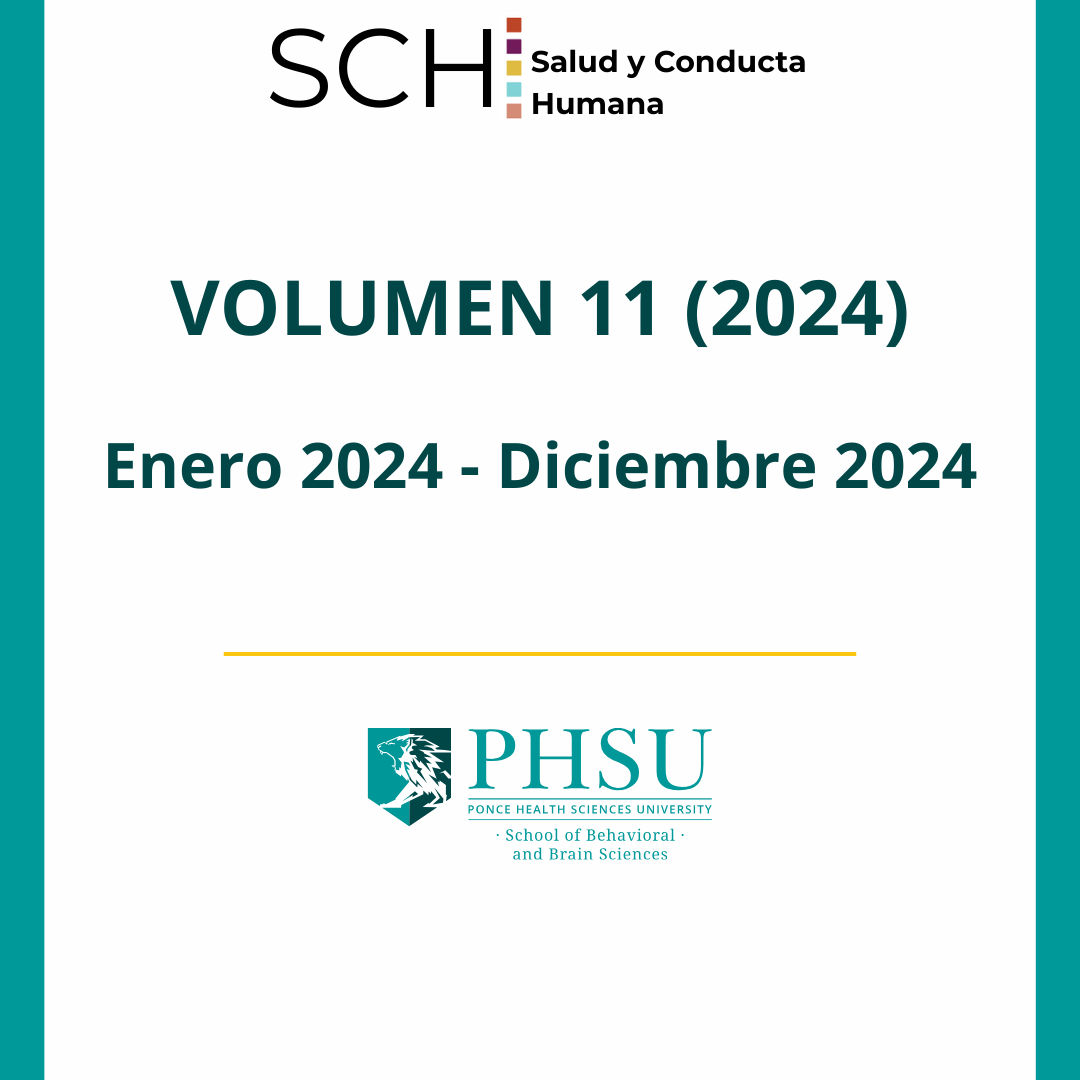Examining the Association Between Conspicuous Consumption and Subjective Happiness in Puerto Rico
DOI:
https://doi.org/10.71332/zwyrp541Palabras clave:
consumption, happiness, Puerto Rican consumer, advertisingResumen
Over the past few decades, there has been a growing interest in psychology and other social sciences in the study of happiness. Many researchers have studied the association between happiness and variables such as health, income, social relationships, and education (Argyle, 1999; Deeming, 2013; Frey & Stuzer, 2002; Gerdtham & Johannesson, 2001). However, as some sociologists have argued, in contemporary capitalist and consumer-based societies, there is the notion that there is a relationship between happiness and consumption (Baudrillard, 1996; Bauman, 2007). Thus, the purpose of this quantitative and correlational study was to analyze the relationship between happiness and a type of consumption, specifically the conspicuous one. To answer this question, we administered the Subjective Happiness Scale to measure happiness (Lyubomirsky & Lepper, 1999). Additionally, we employed the Conspicuous Consumption Scale to assess consumption (Chaudhuri & Ghoshal, 2011). A sociodemographic questionnaire was also included for the sample description of the study. A total of 226 participants from Puerto Rico between the ages of 18 and 50 years answered the survey through Google forms. Results show a significant negative correlation between orientation to conspicuous consumption and subjective happiness, indicating a small effect size r (226) = -.18, p =.11. Therefore, results suggest that as orientation to conspicuous consumption increases, participants’ subjective happiness declines.
Descargas
Descargas
Publicado
Número
Sección
Licencia
Derechos de autor 2025 Salud y Conducta Humana

Esta obra está bajo una licencia internacional Creative Commons Atribución 4.0.


